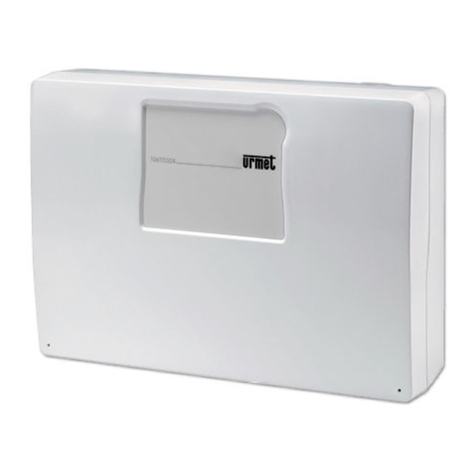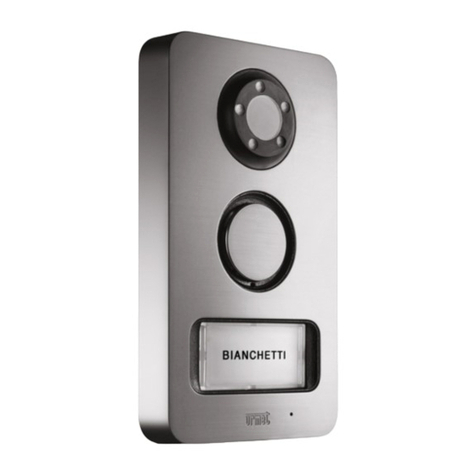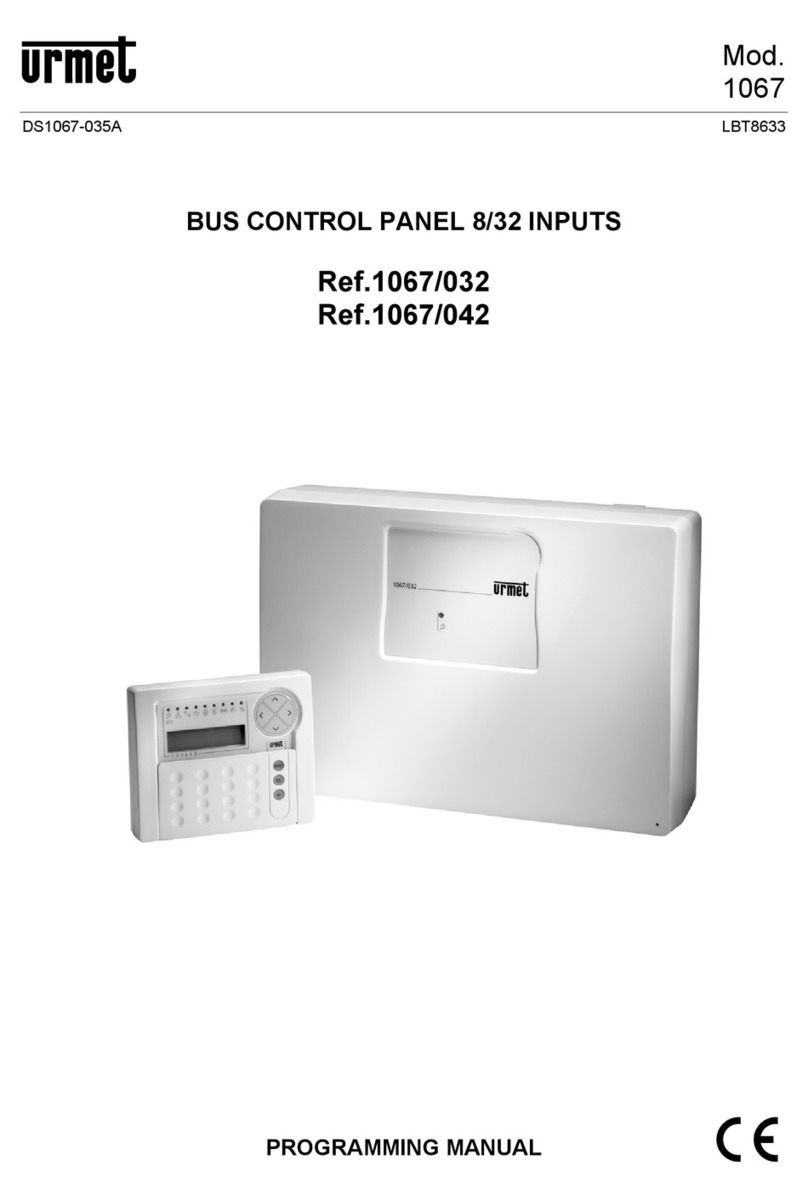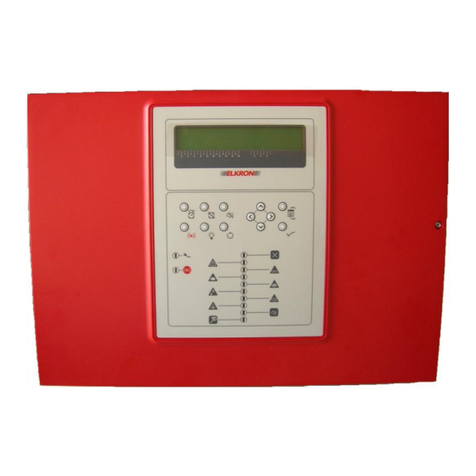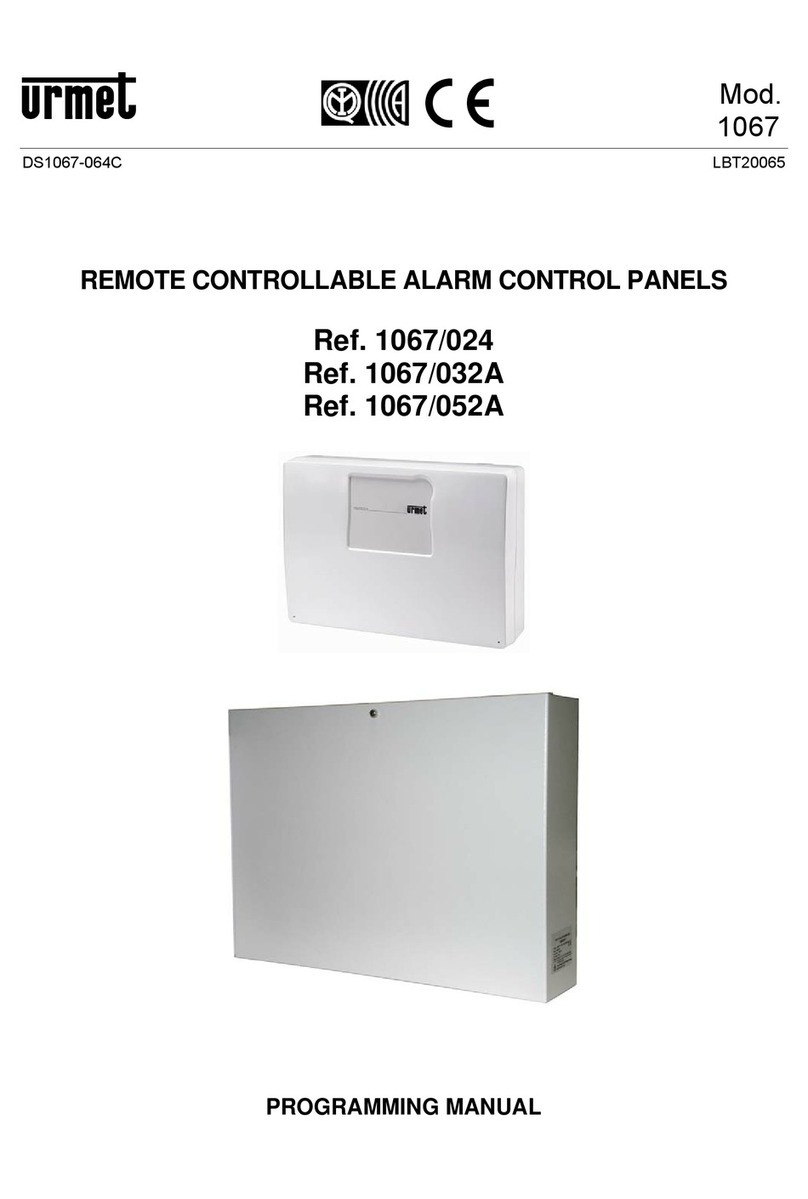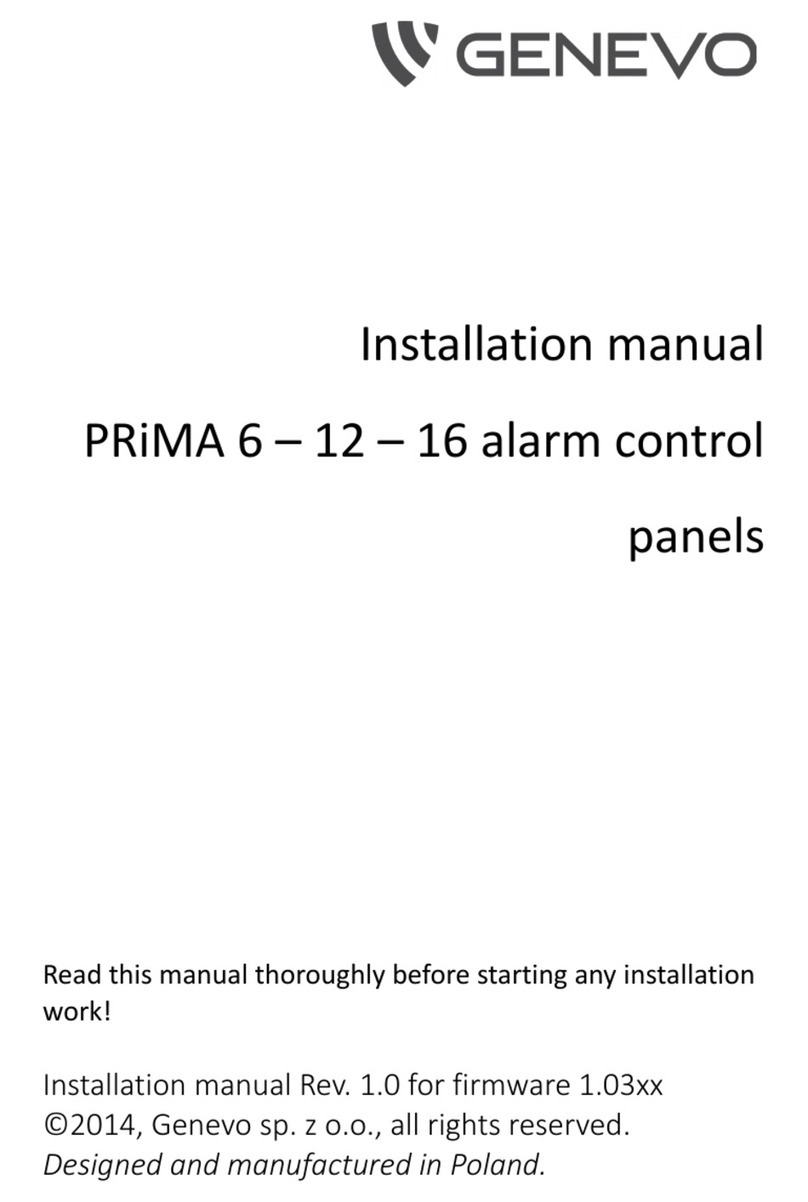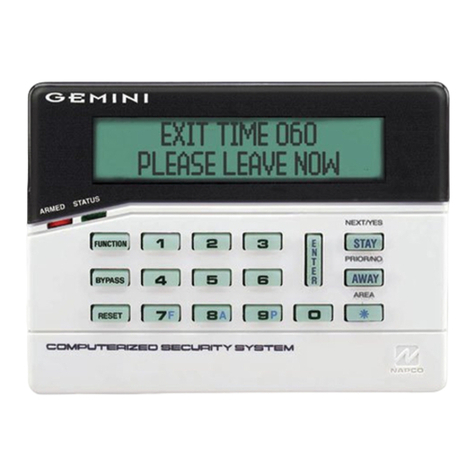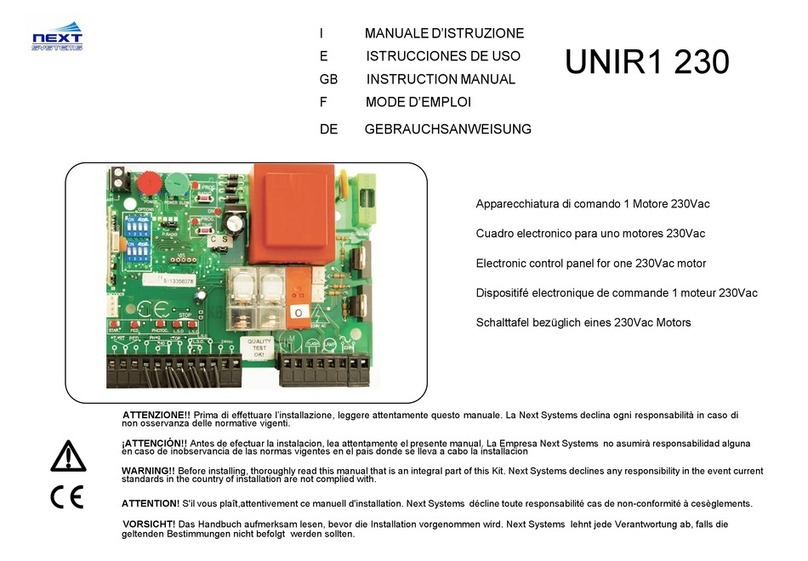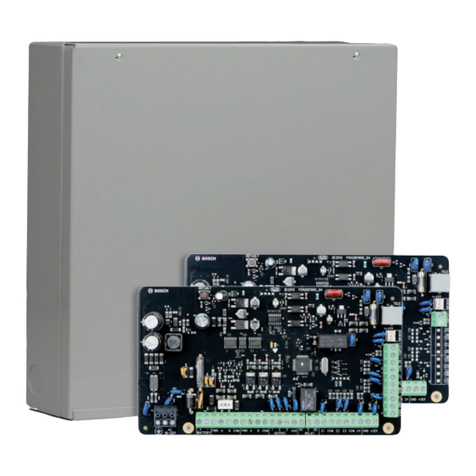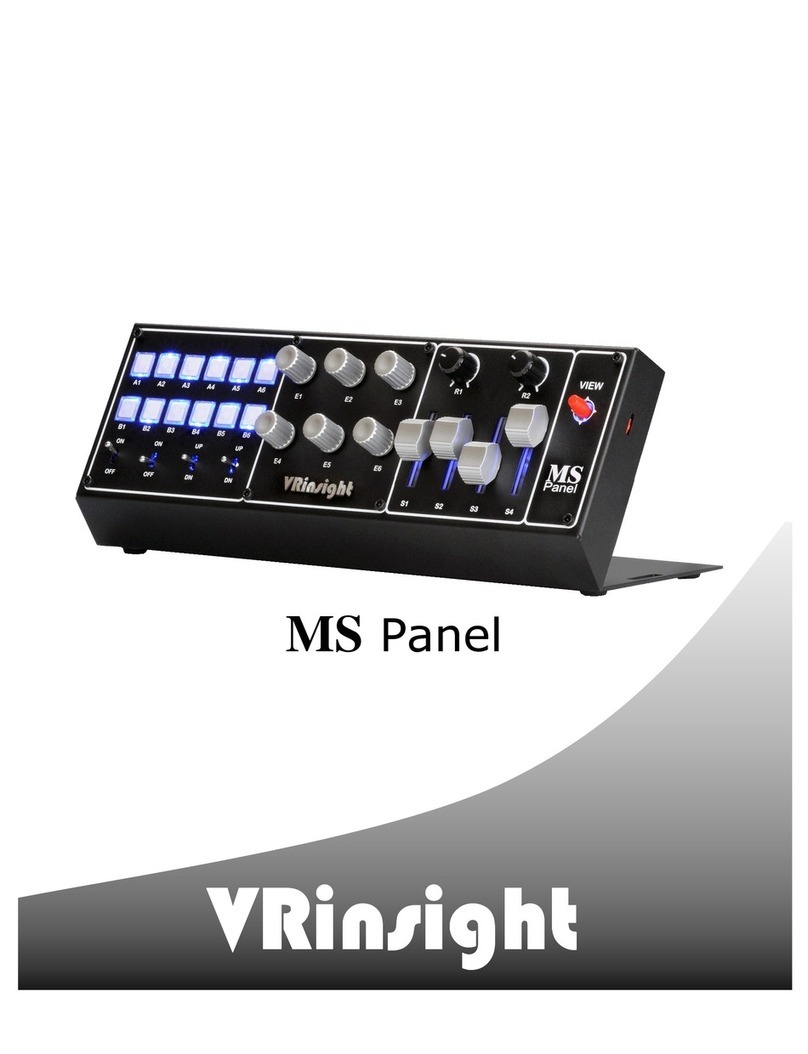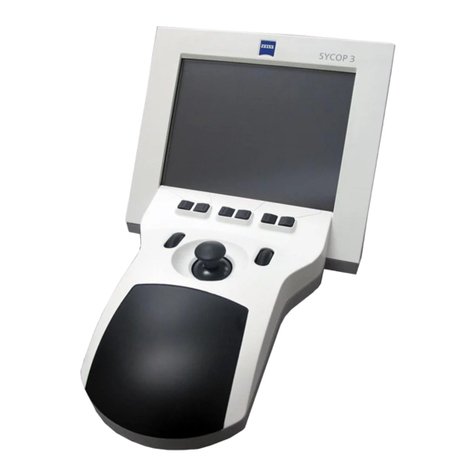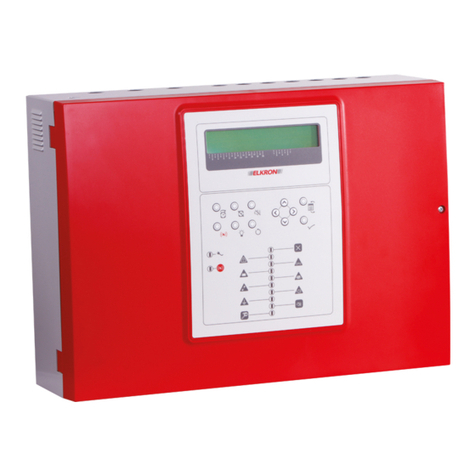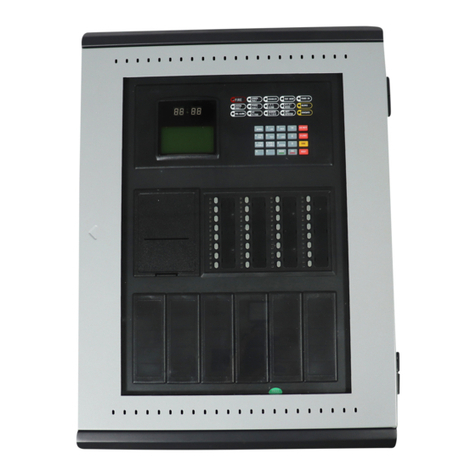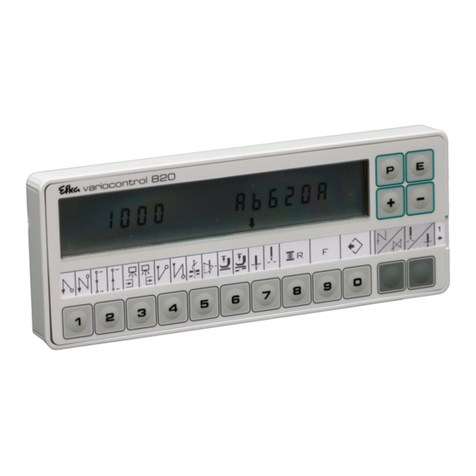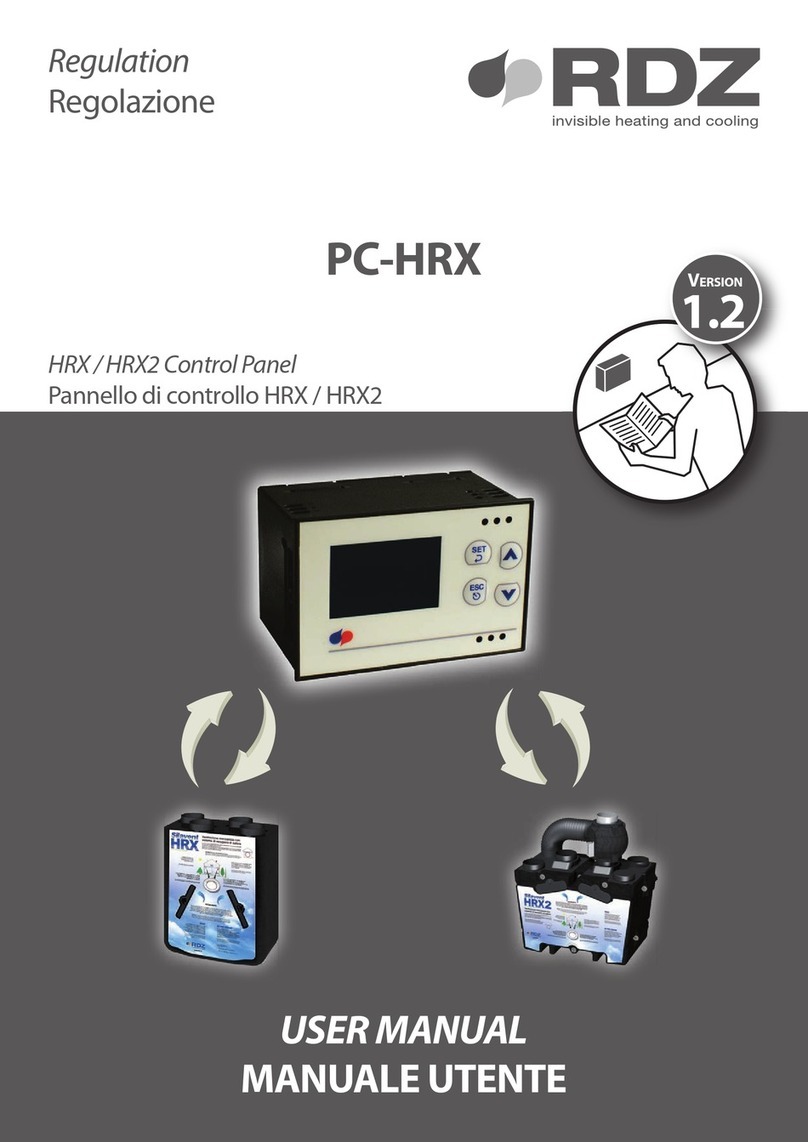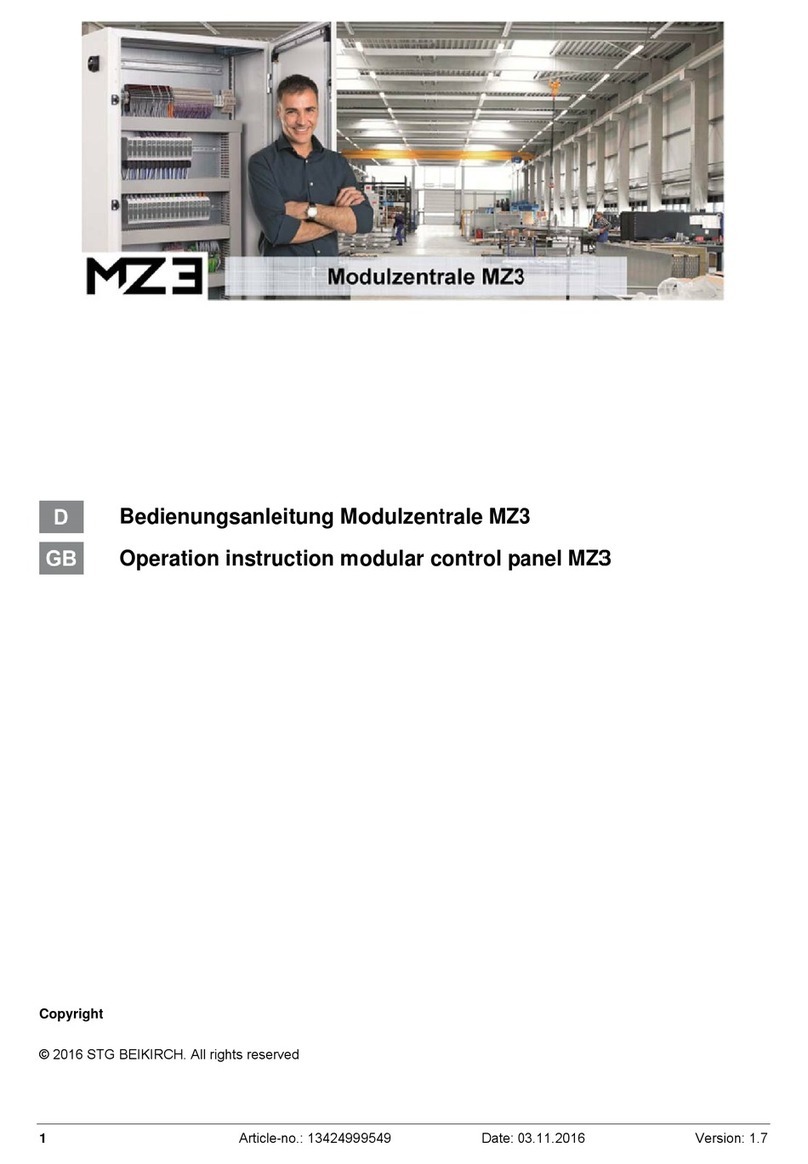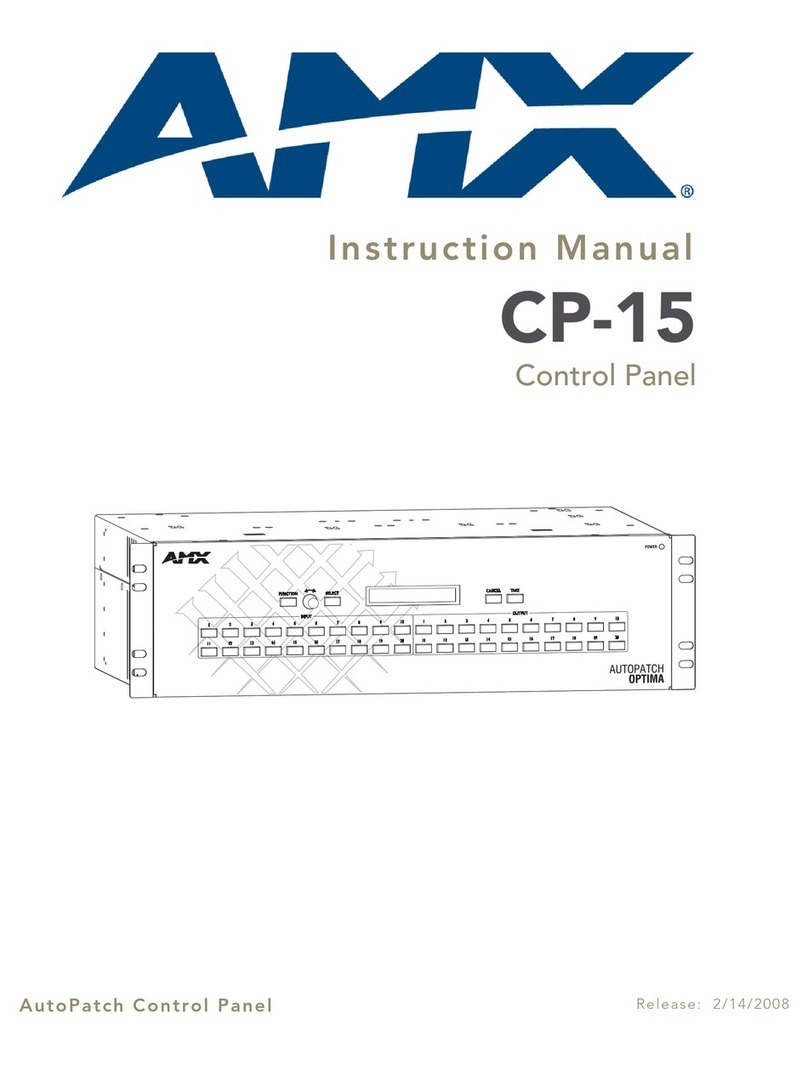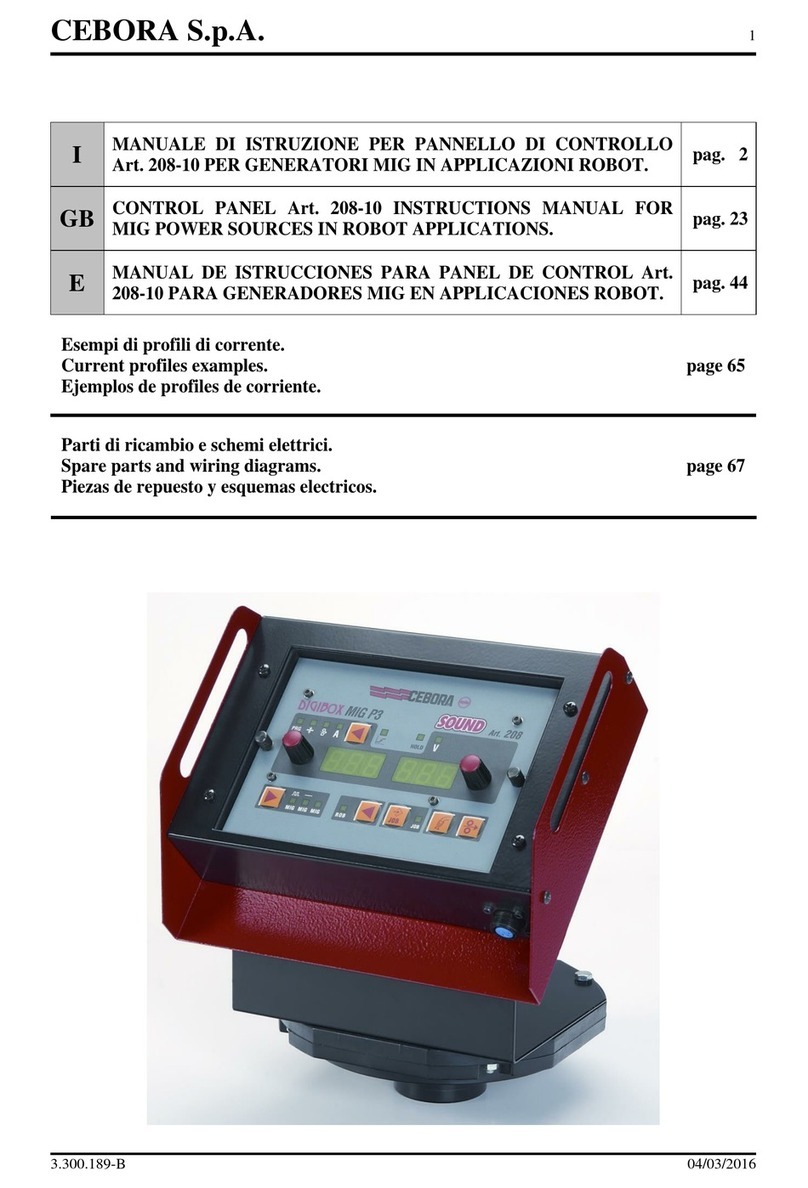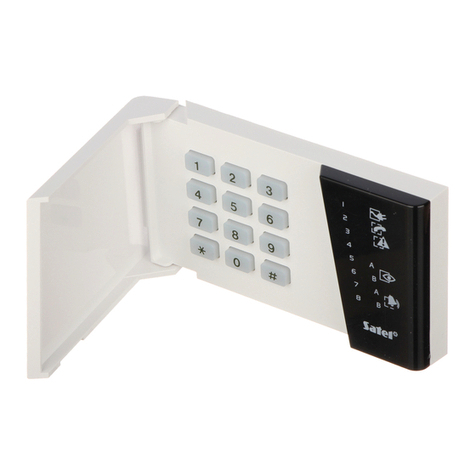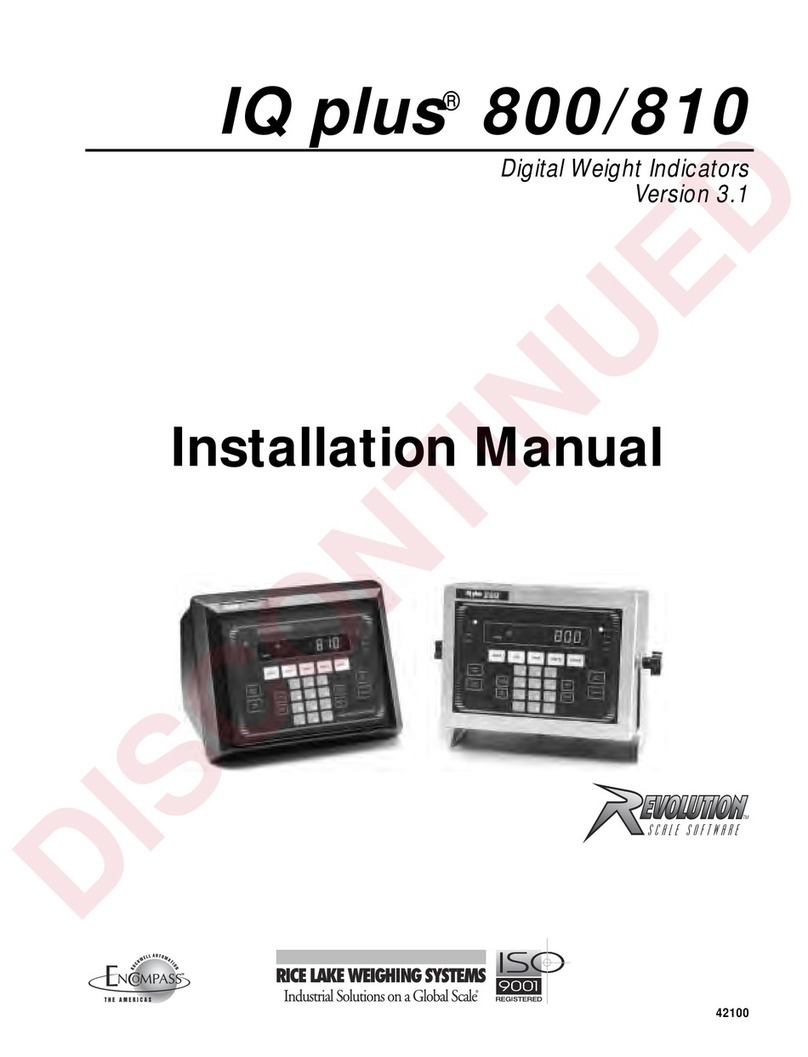
2DS1784-001
ITALIANO
INDICE
1 DESCRIZIONE GENERALE ..................................................................................................................... 2
2 DESCRIZIONE DEI COMPONENTI ......................................................................................................... 3
3 INSTALLAZIONE ..................................................................................................................................... 4
3.1 MODALITA’ DI INSTALLAZIONE .................................................................................................... 4
3.2 DESCRIZIONE DEI MORSETTI....................................................................................................... 5
3.3 CONFIGURAZIONE......................................................................................................................... 5
3.3.1 Impostazioni SW4................................................................................................................. 5
3.3.2 ImpostazionI SW3................................................................................................................. 6
3.3.3 ImpostazionI SW2................................................................................................................. 7
3.3.4 Rotary switch SW1 ............................................................................................................... 7
3.3.5 Valori di default..................................................................................................................... 8
3.3.6 Regolazione livello fonico altoparlante ................................................................................. 8
4 SEGNALAZIONI FUNZIONI DDA............................................................................................................. 9
5 AZIONAMENTO ELETTROSERRATURA PEDONALE............................................................................. 9
6 AZIONAMENTO ELETTROSERRATURA PASSO CARRAIO................................................................... 9
7 CARATTERISTICHE TECNICHE.............................................................................................................. 9
8 ALCUNE TIPOLOGIE DI IMPIANTO...................................................................................................... 10
9 SCHEMI DI COLLEGAMENTO.............................................................................................................. 68
9.1 NOTE LEGATE AGLI SCHEMI ...................................................................................................... 68
9.2 LEGENDA...................................................................................................................................... 74
ENGLISH ................................................................................................................................................. 13
FRANÇAIS .............................................................................................................................................. 24
ESPAÑOL................................................................................................................................................ 35
DEUTSCH ............................................................................................................................................... 46
NEDERLANDS...................................................................................................................................... 57
1 DESCRIZIONE GENERALE
Le pulsantiere Mikra2 Sch. 1784/1 e 1784/2 sono dedicate al sistema 2Voice. Possono essere utilizzate ad
esempio in impianti kit monofamiliari o bifamiliari, oppure in impianti estesi come postazioni di chiamata
secondarie. Le caratteristiche principali sono:
Pulsantiera antivandalo con frontale in zama resistente agli agenti atmosferici.
Telecamera della pulsantiera a colori con ampio angolo di ripresa (wide-angle) e illuminazione del
soggetto mediante led.
Cartellino portanome e pulsante di chiamata retroilluminato con led bianchi.
Segnalazione visiva e acustica dello stato dell’impianto (DDA), funzione disponibile solo con pulsantiera
monofamiliare (Sch. 1784/1).
Predisposizione per il collegamento del sensore dedicato alla funzione STATO PORTA oppure
LETTERBOX (futura implementazione).
Riscontro sonoro di invio della chiamata.
Predisposizione per dispositivo di ripetizione della fonia per audiolesi (Modulo ILA) Sch. 1723/48.
•
•
•
•
•
•
•



